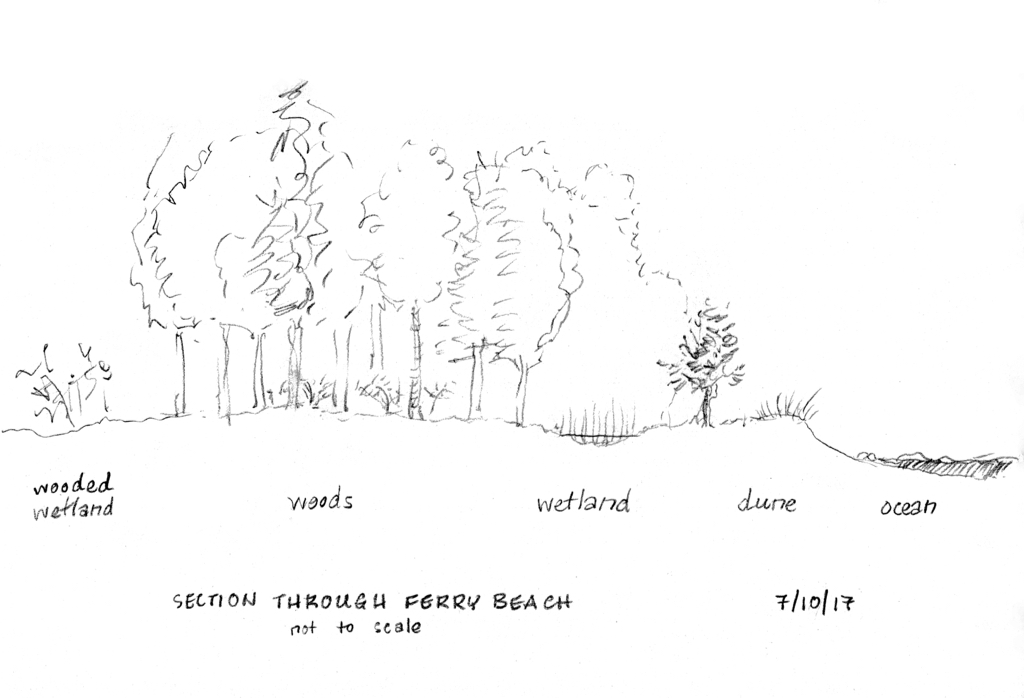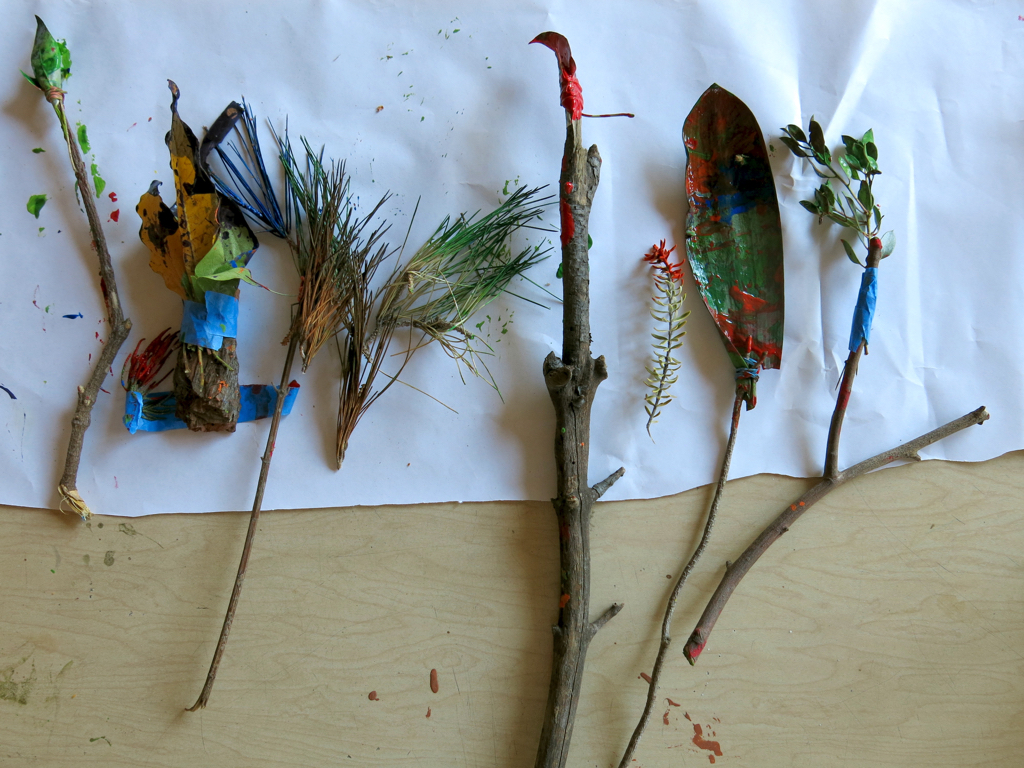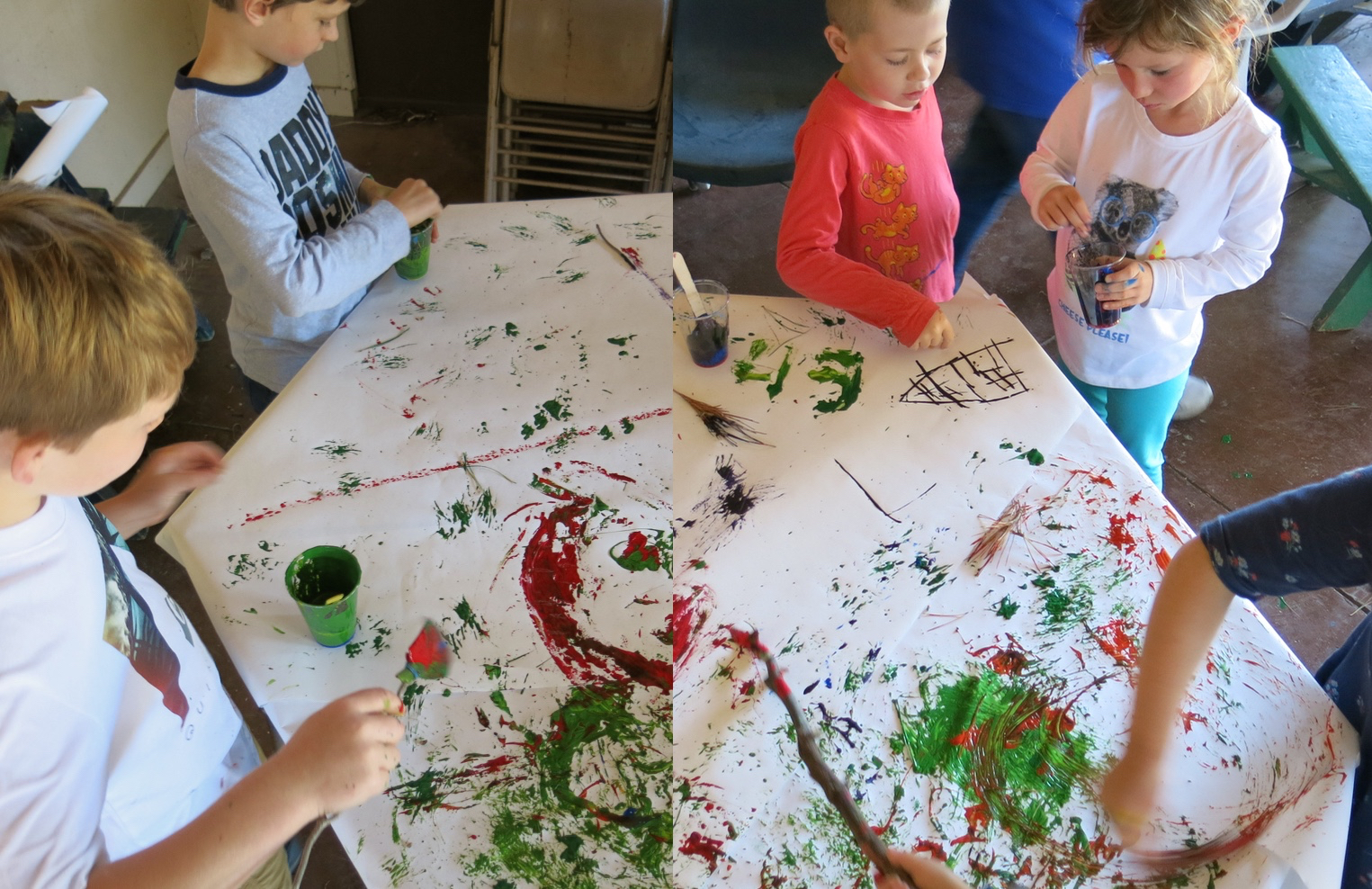Many liberal religious educators these days are talking about “the death of Sunday school.”
Robert W. Lynn and Elliott Wright concluded their 1971 history of American Protestant Sunday school, The Big Little School: Sunday Child of American Protestantism with the observation that people have repeatedly predicted the end of Sunday school. And 1971, the year they published their book, was a low point in the history of Sunday school: the Baby Boom was over, people were rebelling against organized religion, and Sunday schools were failing left and right. But during the 1970s, a new way of doing Sunday school emerged, exemplified in Unitarian Universalist congregations by the Haunting House curriculum, which began development c. 1971, with its activity centers, its songs and stories and creative movement, its frank discussion of birth and human sexuality, and its organizing metaphor of being at home as a religious search.
Another low point for Sunday school was 1934. The immense economic dislocations of the great Depression kept many people from being able to participate regularly in local congregations; there were in addition social trends that led to a decline in interest in organized religion. The old ways of doing Sunday school — the opening exercises, the single sex classes, the reliance on verbal instruction — no longer worked very well. In the year of 1934, Angus MacLean wrote something that could have come from today’s debates about the death of Sunday school:
“One or two of our most widely known religious educators have recently suggested that perhaps the church school should be abolished, because of its ineffectiveness. The ineffective church school should be abolished, but it would be foolish to give up the attempt to educate for the good life, until what is known of child nature and human need is taken more seriously. In any case, the most effective way to abolish anything that is worthless is to change it so that it becomes useful. Most church schools are in need of such change. What first steps can religious educators take towards transforming the church school?” — Angus MacLean, The New Era in Religious Education: A Manual for Church School Teachers (Boston: Beacon Press, 1934), pp. 31-32.
MacLean’s answer to transformation was to use the playbook of progressive education (one of the books on progressive religious education that he cites is Exploring Religion with Eight Year Olds by Sophia Lyon Fahs). The chapter titles of his book give an overview of what he thought most important in religious education: Studying Personal Relations, Measuring Society, Re-Living History, Finding Great Companions, Sharing in Imaginative Experiences, Exploring Nature, Growing in Faith. And eventually, many Universalist and Unitarian congregations followed his lead, and found great success in so doing.
But all this brings me back to the beginnings of Sunday school. Do you know what the original purpose of American Sunday school was? — it was developed to provide literacy training for children who had to work in factories. It took place on Sunday because that was the only day when child factory workers could go to school. Because Sunday school took place on Sunday, and because it was sponsored by churches, there was a good deal of religious instruction included; and a primary purpose of literacy for American Protestants was so that everyone could read the Bible. But within a generation, Sunday school had changed into something quite different from literacy training.
Is today’s Sunday school dead? I think there’s a good chance that Unitarian Universalist Sunday school is dying. Here are my reasons for saying this: 1. There are too many parish ministers who do not see themselves as having to bother with children. 2. Congregational costs are rising faster than congregations income (due, e.g., to health insurance increases), and you can easily cut costs in the short term, without big reductions in income, by reducing programs for children and teens, programs which tend to require a lot of staff time and a lot of building maintenance. 3. Sunday schools require a lot of volunteer hours, and many Unitarian Universalist congregations are not particularly adept at volunteer management; as a result, it’s increasingly difficult for many congregations to find adequate volunteers. 4. I’m not seeing much in the way of new, theologically rich, intellectually stimulating, and spiritually deep curriculum resources.
5. Finally, there seems to be an infatuation among Unitarian Universalist thought leaders for what they call “faith formation.” My understanding of faith formation is that it comes from liberal Christian world religious educators who find great inspiration in the Biblical book of Isaiah, where it says: “Yet you, Lord, are our Father. We are the clay, you are the potter; we are all the work of your hand.” (64.8) So the dominant image for faith formation is of children as unformed clay, who need to be formed in their religious faith. Sunday school is indeed ill-suited to faith formation imagined in this way; if you want to mold children into a certain kind of vessel, there are better ways of doing it than the usual chaos of the Unitarian Universalist Sunday school.
So yes, Unitarian Universalist Sunday school is probably dying — if it’s not already dead.
But I don’t think Sunday school needs to die. Since the first Sunday schools devoted to literacy in the late eighteenth century, the phenomenon of Sunday school has repeatedly changed to meet the needs of different times.
And I don’t think Sunday school should die. I don’t like the image of children being molded like clay. I’m too much of an existentialist to be able to believe in a Christian God who molds passive humans the way he wants, nor do I believe in unbridled behaviorism as an educational philosophy. Instead, I prefer images that are more in line with what I do in Sunday school: the image of a pilgrimage, where adults and young people are traveling together towards some goal they have in common; the image of a community or collective, where we each are transformed while transforming others; the image of a support network, where we support each other as we make meaning in an absurd world.
I am too much of a progressive and an existentialist to wish for the death of Sunday school — I don’t wish for the death of collectives, or the death of of pilgrimages, or the death of shared existentialist meaning-making.
Go on to read “What’s killing Sunday school?”




